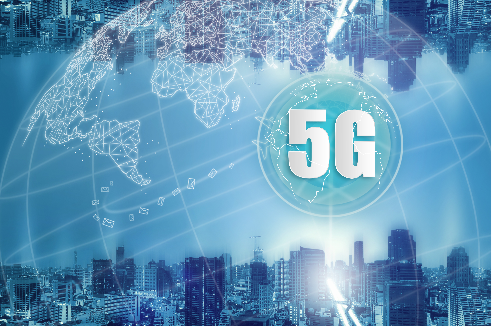Edge data centers and the impact of 5G


A new category of data center will become a major segment in our industry - the edge data center - providing new opportunities for companies to develop and launch a new class of applications. Over the years, there have been a few "edge" data centers in various areas such as content distribution (eg video streaming) and manufacturing, but are now expected to see significant growth thanks to new technologies such as 5G and the Internet of Things.
Edge data centers require three key capabilities:
- Store data close to where it will be used, such as Netflix or Amazon Prime Content is stored in content distribution networks close to large population centers. This reduces stress on the network backbone and improves downloads and streaming for viewers.
- Put processing power where it is needed and reduce latency or delays in responses. This enables things like remote control and enables technologies like augmented reality to run on mobile networks.
- Filter the vast amounts of data generated by the (coming) proliferation of sensors and devices collectively known as the Internet of Things (IoT). Most of the data generated needs to be intelligently filtered or processed to help prevent clogging of major internet backbone circuits.
There is a lot of hype around 5G, most of which is either unreasonable or premature. There are significant technical hurdles to overcome, and the investment required in infrastructure is dwarfed by previous mobile technologies such as 4G. However, when the infrastructure is built, there are some very exciting opportunities and really new applications that can take advantage of 5G.
Over the past two decades, a significant portion of IT systems have been migrated to large, centralized data centers—with financial and operational implications. However, it doesn't work for everything, and new applications will push data centers and other highly localized systems closer to the needs of users -- at the edge:
The edge is where you put things so it's close to where it's needed
For a data center, the edge is just a location. The edge is in different places depending on who you are: Streaming services have very different views on organizations monitoring traffic, white goods manufacturing companies are not the same as car manufacturers, and mobile network operators are not the same as utility companies.
When 4G was first released, few people knew how many unicorns would emerge. For example, without 4G, Uber would not exist. The same is true for Deliveroo, Niantic (Pokemon Go), Stripe (payments), and a slew of Chinese companies that rely on smartphone apps. In fact, a large portion of the world's unicorns rely on smartphone apps and 4G connectivity.
5G improves on 4G in three key ways: 1. Download speed - 5G will be much faster than 4G, at least 1000 times faster. The minimum expectation is a download speed of 10 Gbps, which can download an entire HD movie in under 10 seconds. 2. Capacity - 5G operates at a much higher frequency than 4G, which means it can carry more traffic from more devices. This will help meet the expected exponential growth in IoT (Internet of Things) sensors, detectors, meters, cameras, connected cars and other devices. 3. Latency - This is the delay between the device sending the data and receiving the reply. 5G will provide near-instantaneous response, 50 times or faster than 4G. This opens up opportunities for low-latency remote control and operation via 5G.
Applications written for edge data centers and 5G networks will come from new sources: such as automakers, logistics and transportation companies, healthcare providers, industrial manufacturers, and agricultural suppliers. Many companies in these industries are already working on pilot systems, but most will have to wait until the national and global infrastructure is built. There is a need for a whole new edge ecosystem that will run on a new service model, and the providers will be a mix of existing service providers and a slew of new companies.
The reason it's worth keeping an eye on 5G and the edge is that it's about to become more important. Until recently, edge data centers were of limited use (although very important), video streaming being a good example, but only a small fraction of the global data center load. Most market forecasts now predict a significant increase in demand for edge data centers to match the rapid growth of 5G and the Internet of Things. These new applications and services will require a significant increase in the availability of edge data centers.